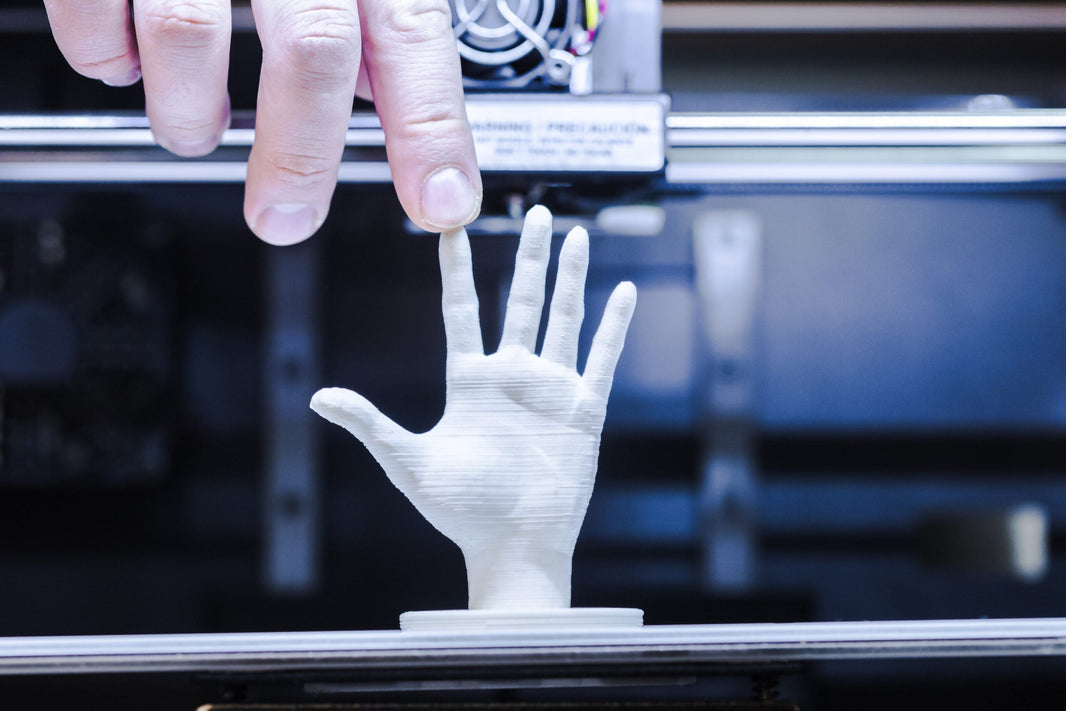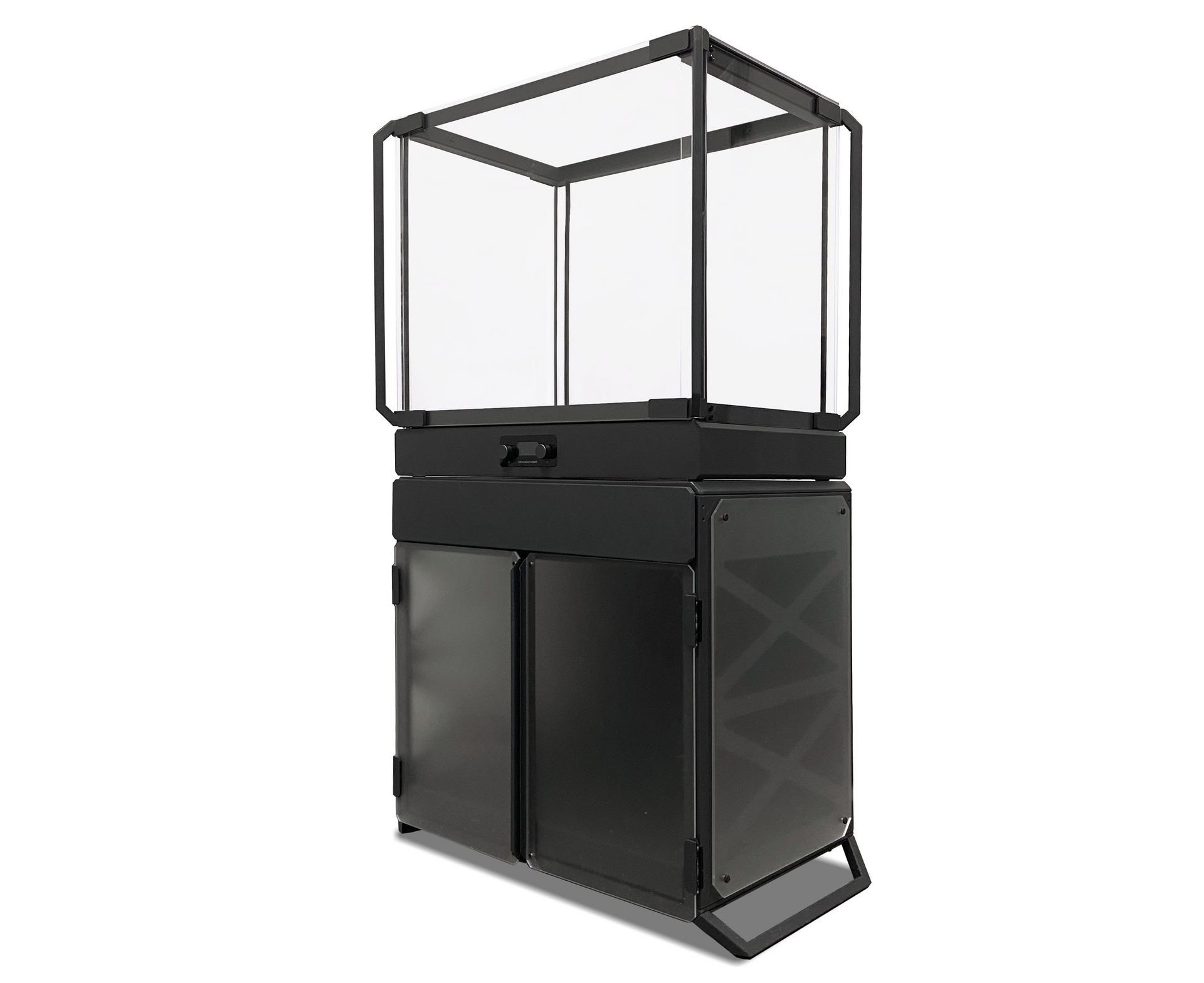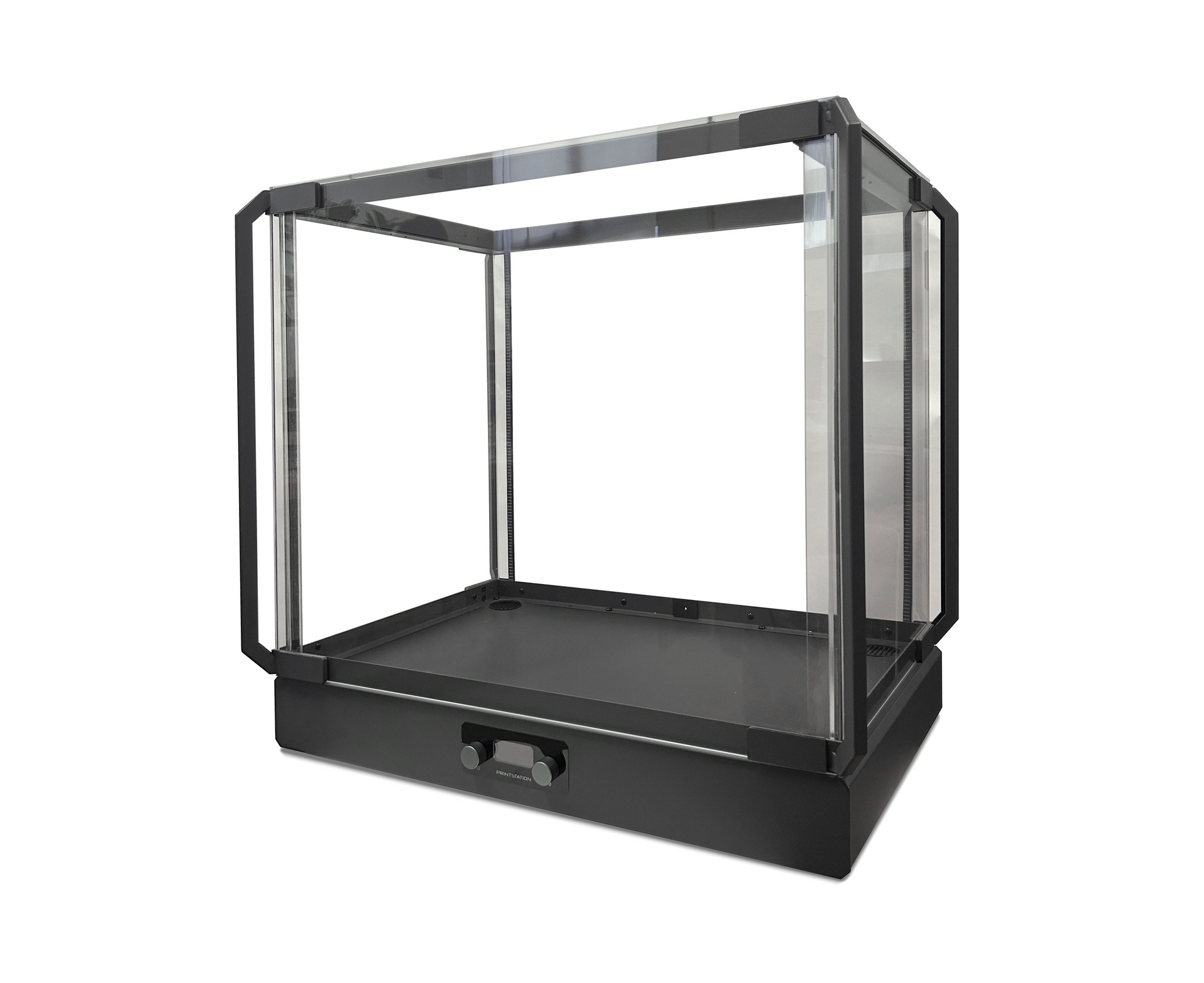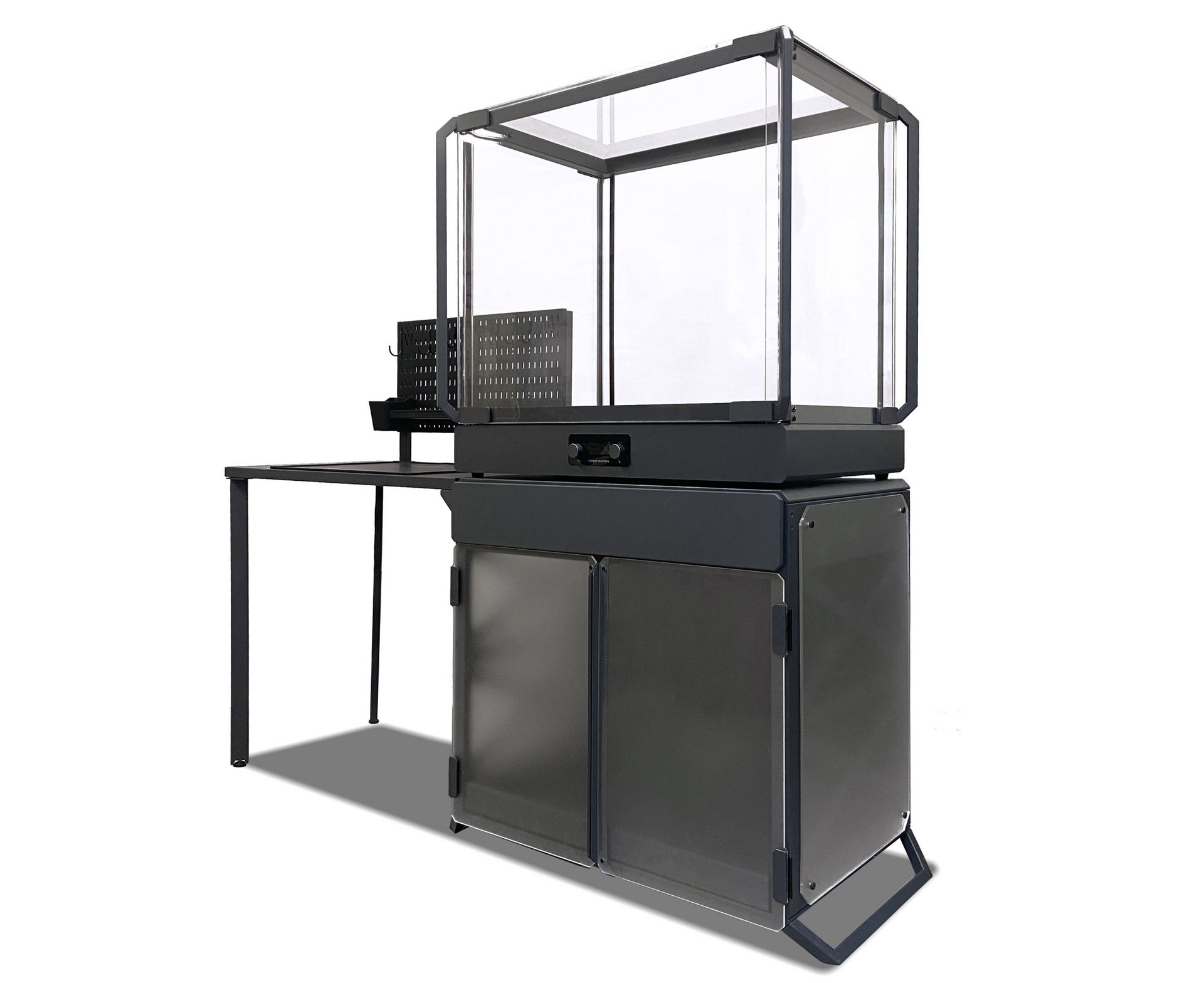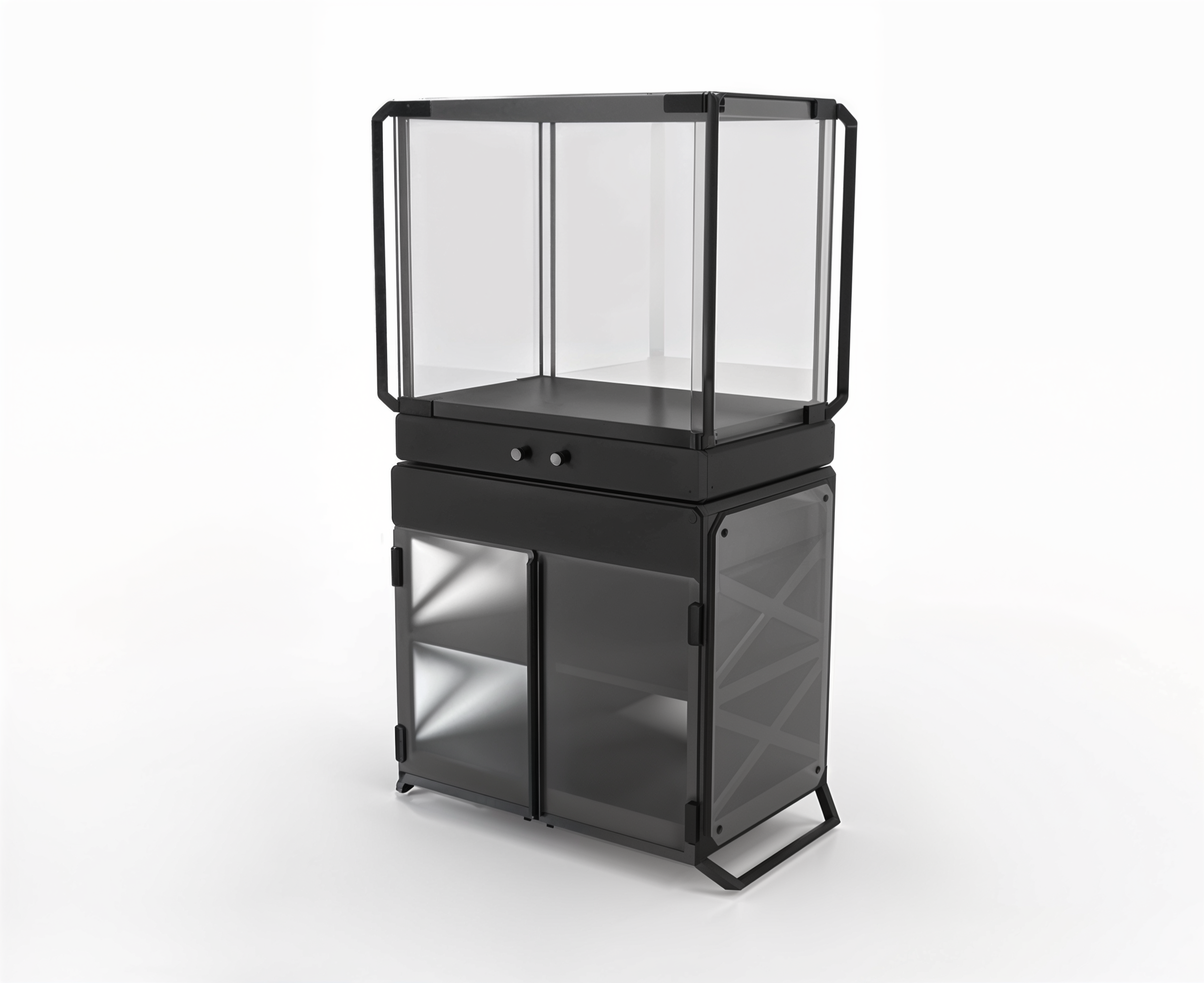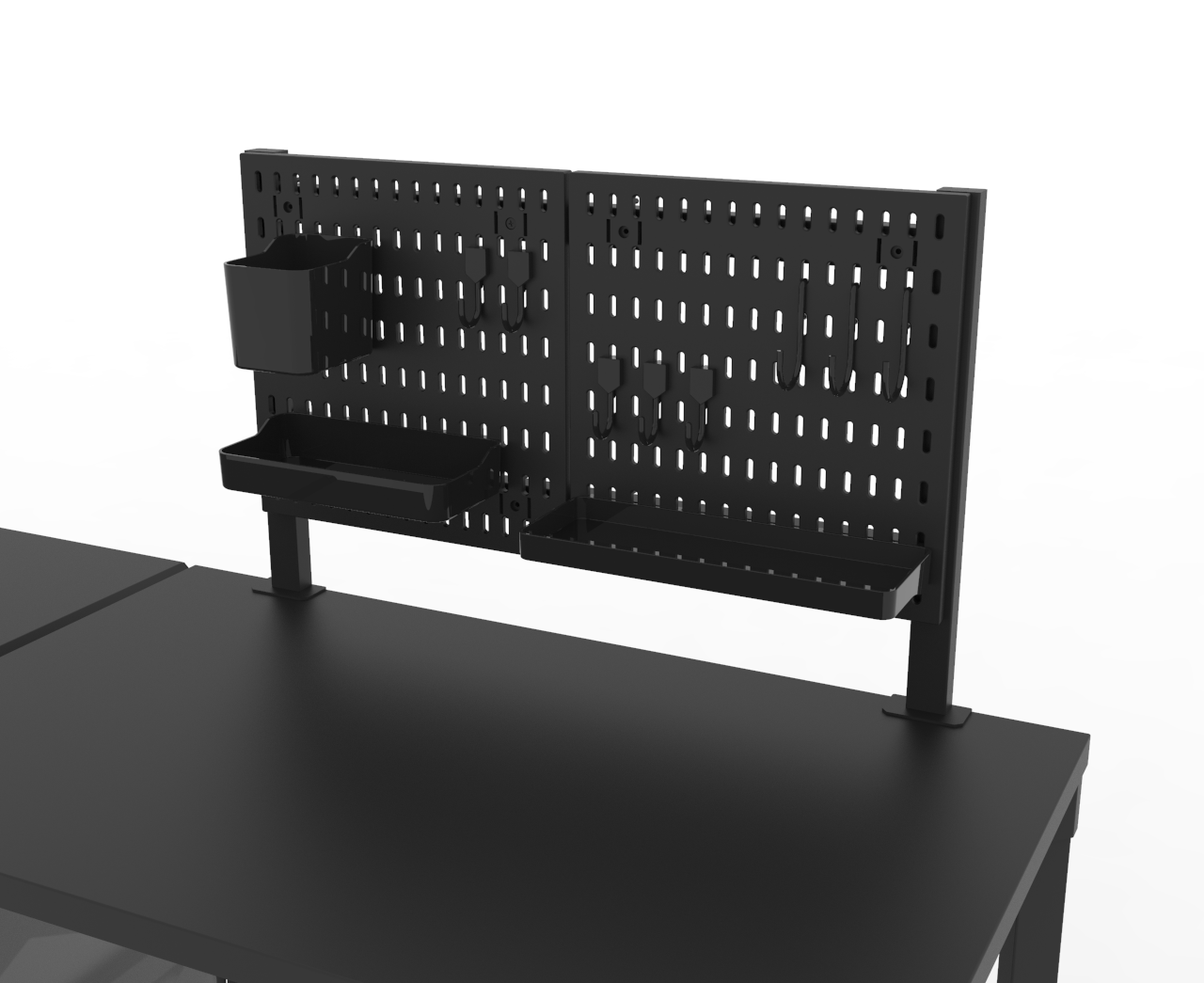Over the past decade, 3D printing technology has moved from the fringes of innovation to the center of modern manufacturing. What was once a niche prototyping tool has evolved into a system capable of producing industrial-grade components, functional parts, and even architectural models. Today, 3D printing isn’t just about creativity — it’s about control, speed, and consistency.
At UFM DESIGN, we believe that precision doesn’t happen by accident. It’s built into every layer — from how you design, print, and cure, to how your workspace is structured. As additive manufacturing becomes more sophisticated, maintaining discipline in setup, tools, and process design becomes just as critical as the technology itself.
A Decade of Acceleration: From Prototypes to Production
3D printing has matured faster than almost any other digital fabrication technology. In the early 2010s, enthusiasts celebrated the ability to print simple models at home. Today, the same principle powers sectors as diverse as aerospace, medical implants, automotive tooling, and architecture.
This acceleration is driven by three key factors:
-
Hardware evolution – printers are faster, more precise, and more durable.
-
Material science – resin, metal, and polymer formulations have exploded in variety.
-
Process automation – AI and firmware improvements simplify calibration, motion control, and post-processing.
The result? What once took a small team hours of manual tuning can now be done in minutes with high repeatability.
CoreXY and the Shift Toward Mechanical Stability
One of the most significant upgrades in 3D printing technology has been the adoption of CoreXY motion systems. This configuration separates motor movement from the print bed, allowing smoother, faster, and more accurate motion.
For professionals, CoreXY means higher throughput and less vibration, two essential ingredients for precision. When paired with advanced firmware and real-time motion correction, the result is near-flawless layer alignment even at high speeds.
At UFM DESIGN, we often emphasize how these mechanical improvements only shine when paired with a disciplined workspace. Vibration-isolated surfaces, enclosed print stations, and consistent temperature control turn advanced mechanics into consistent results.
Firmware Evolution: The Rise of Input Shaping
Beyond the hardware, the software brain of the printer has also evolved dramatically. Newer firmware now integrates Input Shaping, a technique originally developed in robotics and aerospace. It predicts and compensates for vibrations before they occur, allowing for faster prints without sacrificing accuracy.
This upgrade not only increases efficiency but also reduces wear on mechanical components. For professionals printing round-the-clock, these micro-efficiencies compound into measurable gains — shorter production cycles, fewer rejected parts, and lower maintenance overhead.
The Leap to 12K Resin Printing
While FDM technology dominates hobbyist use, resin printing continues to set the benchmark for surface detail. The jump from 4K to 8K was notable, but the arrival of 12K resin screens is redefining fine detail reproduction.
At this resolution, even small industrial parts — such as dental models, jewelry prototypes, or custom mechanical joints — show crisp edges and consistent texture. But resolution alone isn’t enough. As detail increases, so does the need for controlled environments and proper curing methods.
That’s why UFM Design’s PrintStation enclosures have become essential tools for professionals. They stabilize temperature, reduce dust interference, and optimize resin polymerization — ensuring every micron of detail holds its integrity from start to finish.
Beyond Resolution: Smart Material Development
High-resolution prints are only as strong as the materials used. The latest 3D printing materials combine mechanical resilience with fine-tuned chemical properties. Flexible, heat-resistant, and biocompatible resins now coexist with lightweight composites and carbon-infused polymers.
For industries like automotive and aerospace, the focus has shifted from “Can we print it?” to “Can we trust it in production?”
This shift demands controlled curing, resin filtration, and vacuum systems that ensure consistency batch after batch. That’s where UFM’s Resin Vacuum system fits seamlessly into a professional workflow — removing trapped air bubbles and impurities before curing, allowing each print to achieve optimal density and structural integrity.
Automation and Workflow Integration
As printers get smarter, workflow automation has become the next frontier. Automated plate leveling, filament tracking, and remote monitoring have reduced the need for constant human oversight.
At the industrial level, integrated software dashboards can now queue multiple jobs, estimate material consumption, and trigger maintenance alerts. This not only boosts uptime but also creates accountability — every print has a digital footprint that can be audited and optimized.
But full automation only works when the physical setup is equally well-engineered. Consistent print results rely on predictable lighting, controlled air quality, and calibrated resin tanks — elements that UFM’s workspace solutions are designed to protect.
Why Workspace Matters in 3D Printing
Precision is not just a printer’s responsibility — it’s an environmental achievement. Even the most advanced 3D printing technology can fail under poor conditions: fluctuating temperatures, dust contamination, or unstable workbenches.
A properly enclosed workspace maintains ideal conditions throughout a print cycle. It shields against vibration, stabilizes temperature, and minimizes airflow disruptions. UFM Design’s PrintStation line, for instance, is built around these principles — combining functional design with easy access for maintenance and cleaning.
In short, a stable workspace is not a luxury. It’s part of the precision equation.
Looking Ahead: The Future of 3D Printing Technology
In 2025 and beyond, the focus will shift from speed to intelligence. AI-driven calibration, adaptive slicing, and predictive maintenance are emerging as new standards. Printers will learn from every completed job, adjusting parameters for the next run automatically.
The integration of machine learning, IoT sensors, and robotics will push additive manufacturing into full-scale smart production. Imagine a printer that recognizes material fatigue, adjusts curing time dynamically, or communicates directly with a resin management system to ensure purity.
At that point, 3D printing will no longer be a tool, it will be a self-optimizing ecosystem.
Conclusion: Engineering the Future, Layer by Layer
The evolution of 3D printing technology is not just a story of faster machines or sharper detail. It’s a story of human ingenuity — of designers, engineers, and manufacturers refining a process that blurs the line between imagination and production.
As we move deeper into 2025, success in 3D printing will depend less on chasing new features and more on mastering fundamentals: stability, accuracy, and controlled environments.
At UFM DESIGN, we see ourselves as part of that ecosystem, helping professionals build workspaces where innovation and precision can coexist. Whether through our PrintStation enclosures that stabilize print environments or our Resin Vacuum that ensure every layer cures cleanly, our mission remains the same:
To help you print smarter, cleaner, and more reliably!





